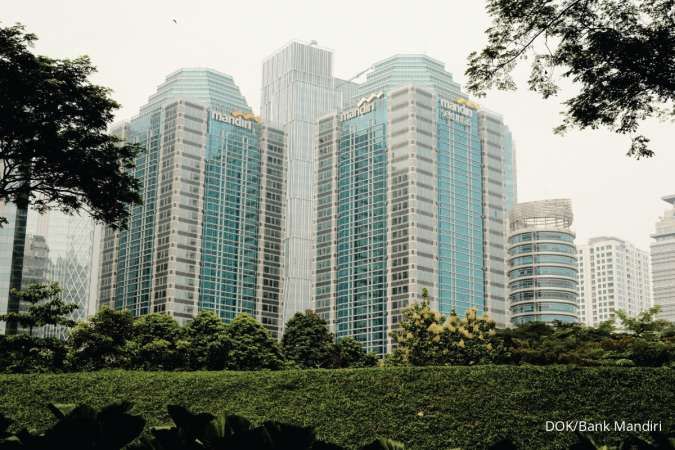KONTAN.CO.ID - WASHINGTON. U.S. consumer prices increased in April on higher gasoline costs and rents, while underlying inflation remained strong as used motor vehicle prices rebounded, potentially ensuring that the Federal Reserve keeps interest rates elevated for a while. There were, however, pockets of relief for consumers, with the report from the Labor Department on Wednesday showing prices of food consumed at home declining for a second straight month and the costs of natural gas and electricity falling. Prices for services like airline fares and hotel rooms are also subsiding. The annual increase in overall consumer prices slowed to below 5% for the first time in two years. But inflation remains more than double the U.S. central bank's 2% target, which together with labor market resilience make it unlikely the Fed will start cutting rates this year as currently expected by financial markets.
"There's a little something in the CPI report for both Fed hawks and doves," said Sal Guatieri, a senior economist at BMO Capital Markets in Toronto. "The still meaty core price increase will dissuade any thoughts of near-term rate cuts. However, signs of cooler services inflation should support a rate pause in June, and, we suspect, the remainder of the year." The Consumer Price Index (CPI) rose 0.4% last month after gaining 0.1% in March. Stubbornly high rents continued to boost inflation. Food prices were unchanged for a second straight month. The cost of food consumed at home dropped for the second consecutive month, with fruits and vegetables cheaper than in March. Consumers also paid less for meat, fish and eggs. Milk prices dropped 2.0%, the most since February 2015.
Read Also: US Small Business Sentiment Slumps to More Than 10-Year Low Gasoline prices increased 3.0% after plunging 4.6% in March. The rebound came after Saudi Arabia and other OPEC+ oil producers announced further oil output cuts. But oil prices have since been largely trending lower, pushing gasoline costs down as risks of a recession have increased, because of the Fed's punitive rate hikes, tightening credit conditions and an impasse over raising the federal government's borrowing cap. Rising gasoline offset a 4.9% tumble in natural gas prices as well as the second straight monthly decline in the cost of electricity. In the 12 months through April, the CPI increased 4.9%. That was the smallest year-on-year rise since April 2021 and followed a 5.0% advance in March. The annual CPI peaked at 9.1% last June, which was the biggest increase since November 1981, and is subsiding as last year's initial surge in energy prices following Russia's invasion of Ukraine drops out of the calculation. Economists polled by Reuters had forecast the CPI climbing 0.4% last month and increasing 5.0% year-on-year. U.S. stocks opened higher. The dollar fell against a basket of currencies. U.S. Treasury prices rose.
Read Also: The Covid-19 Pandemic Ends, Global Financial Risks Face It SERVICES INFLATION COOLING The inflation data followed last Friday's employment report, which showed an acceleration in job and wage growth in April as well as the unemployment rate falling back to a 53-year low of 3.4%. It is one of two inflation reports that U.S. central bank officials will have in hand at their June 13-14 policy meeting. The central bank raised its benchmark overnight interest rate by another 25 basis points to the 5.00%-5.25% range last week, and signaled it may pause its fastest monetary policy tightening campaign since the 1980s, though it kept a hawkish bias. The Fed has hiked its policy rate by 500 basis points since March 2022. Excluding the volatile food and energy components, the CPI increased 0.4% last month, matching March's gain. The so-called core CPI was lifted by prices of used cars and trucks, which increased 4.4%, the first gain since last June.
Owners' equivalent rent (OER), a measure of the amount homeowners would pay to rent or would earn from renting their property, rose 0.5% for a second straight month. Though rents continued to put upward pressure on the core CPI, rental inflation is poised to ease. The government reported last week that the rental vacancy rate increased to a two-year high in the first quarter. Also, independent measures have been showing rents on a downward trend and rent measures in the CPI tend to lag the independent gauges. The cost of services rose 0.2%. That followed March's 0.3% gain. Services excluding shelter edged up 0.1% after being unchanged in the prior month. In the 12 months through April, the core CPI gained 5.5% after advancing by 5.6% in March.

